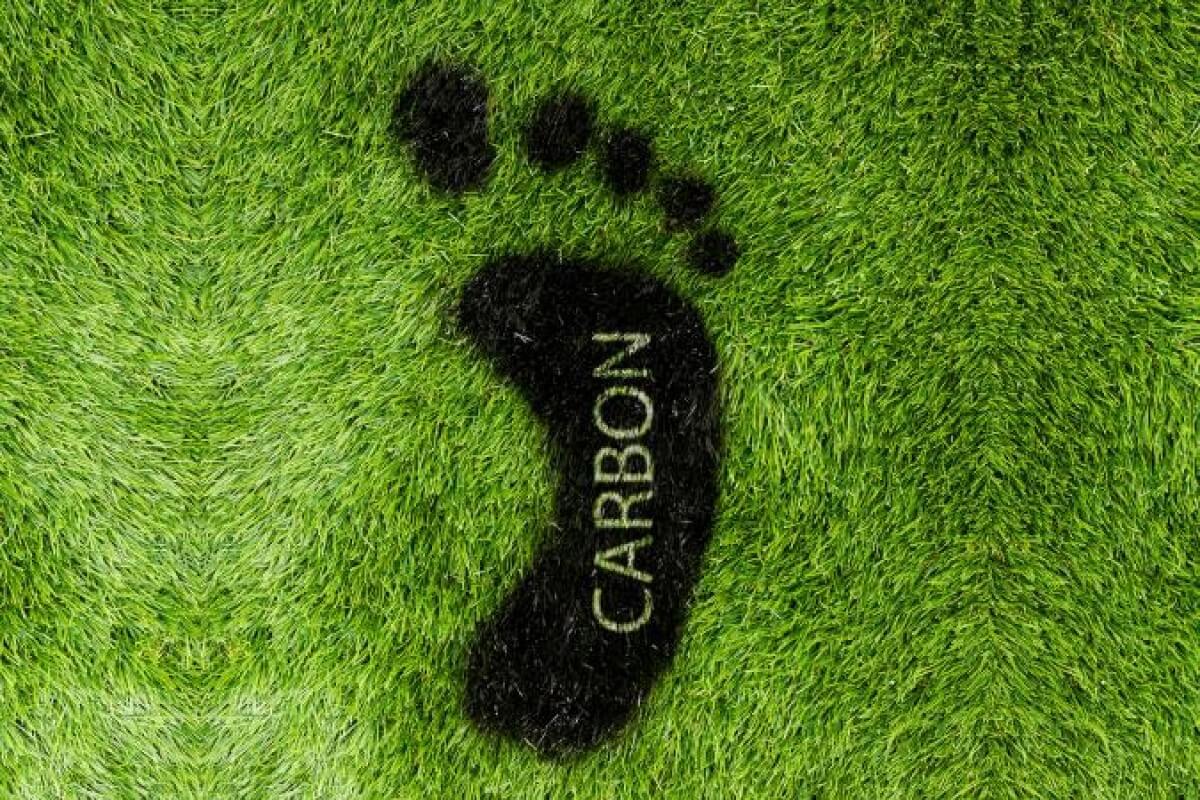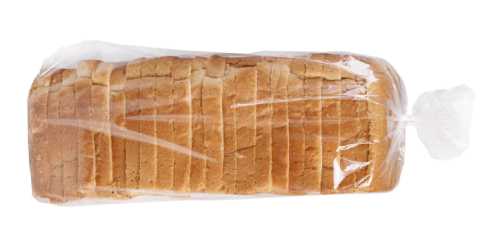What is your “carbon footprint” size?

The meaning of the phrase “carbon footprint” includes not only carbon dioxide (CO2), but also methane (CH4), nitrous oxide (N2O), and refrigerants. CO2 is the abbreviation for all greenhouse gases that are related to global warming. Any human activity, directly and indirectly, reserves a carbon footprint, contributing to global warming. When we burn fossil fuels in our homes, workplaces, or power plants, CO2 is released. Methane, another greenhouse gas, mainly comes from agriculture and landfills. It is 25 times more powerful than a kilogram of CO2. N2O is an even more powerful gas (about 300 times more powerful than CO2), and is released in small quantities, which are mainly produced by industrial processes and agriculture. Refrigerants are typically several thousand times more powerful than CO2. This is a product of air conditioners, refrigerators, freezers and other things like this. The overall climate pattern in developed countries is as follows:
- carbon dioxide (86%)
- methane (7%)
- nitrous oxide (6%)
- refrigerants (1%)
A single object or activity can emit many different greenhouse gases in different proportions which can make the carbon footprint quite confusing. To avoid this, an indicator of environmental impact is displayed in carbon dioxide equivalents or CO2. However, unfortunately, the exact indicator of the carbon footprint of some products are very difficult to determine.
Even behind a loaf of bread there is the work of an agricultural machine, which is extractioning oil and is processed into necessary fuel and transportation for gas stations (which also uses energy to support their work).There are other things that come with a the production of a loaf of bread. The production of fertilizers and pesticides, transportation and storage of grain, baking and delivery of products to the counter. Also, there’s the packaging of the bread. The paint used to print the composition and the name on the package is made separately. You also need to consider the advertising which will attract buyers to gas stations, retail stores and so on. This still isn’t the whole process, because the factory workers use computers, some office supplies,and equipment.This entire list forms the ecological price for just a slice of bread on your table.

As you can see, the carbon footprint of any product includes a lot of factors. Each stage of this chain is associated with energy costs, and with the release of gas into the atmosphere of the planet. Even the heating/cooling of a house emits almost 14,000 kg of CO2 per year into the air. Fortunately, at this point, we have a solution for you. The SolarGaps system not only allows the use of green energy without harm to the environment; the system also has solar blinds that blocks both direct and indirect exposure to sunlight,helps the temperature in the room to decrease, and your need for the air conditioner becomes less and less. This is an important step towards not just eco-lifestyle, but about a life that can save the planet and ourselves. Indeed, the concentration of CO2 has increased rapidly in recent years.
However, environmentalists claim that humanity still has a chance to stop the rapid process of global warming but we have to start right now.
Make the right choice. Use the pure energy of the sun.